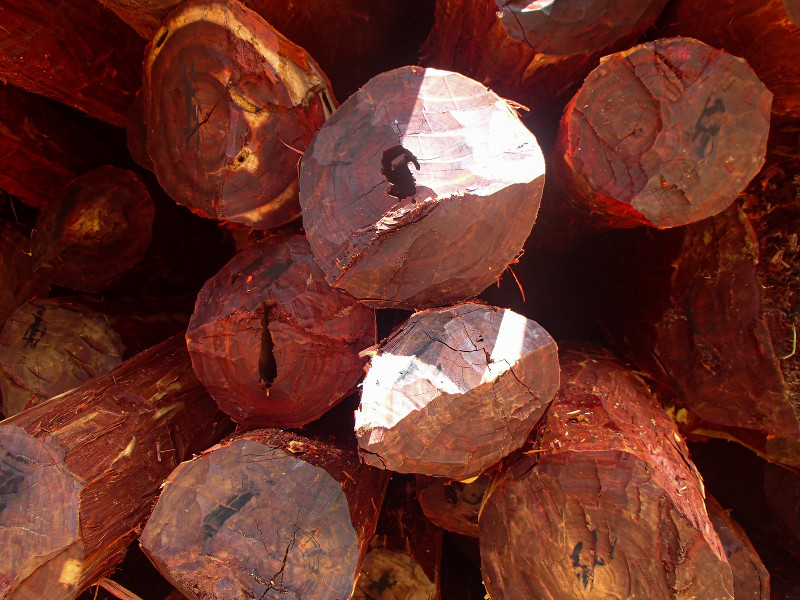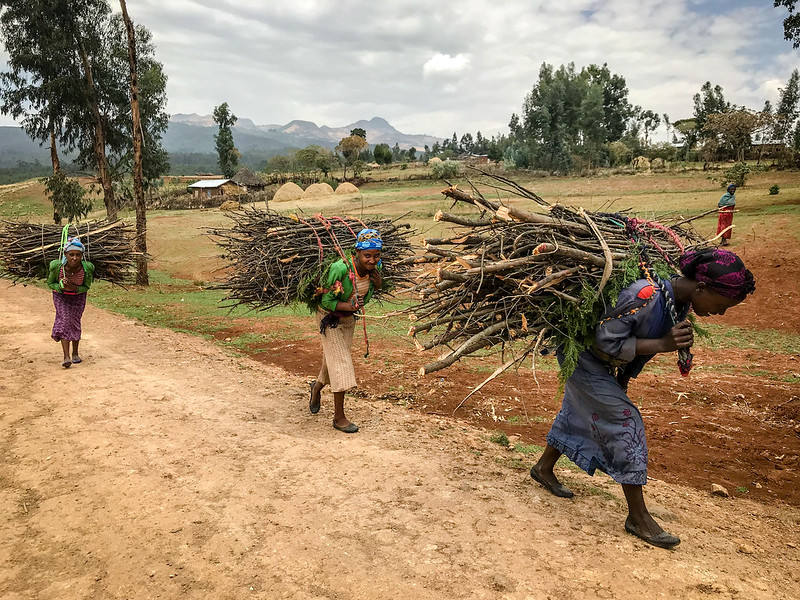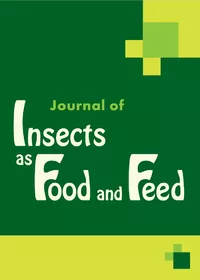The present study was carried out from June to November 2014 in Obout and Ntoung areas, in the centre and east regions of Cameroon, respectively. Its aim was to determine the socio-economic contribution of the traditional exploitation of the African palm weevil grub (Rhynchophorus phoenicis) to livelihoods. One hundred and three grub collectors from eight different villages were surveyed. Furthermore, field observations were done both in the swampy raffia forests and in the villages. Results show that two methods of grub exploitation coexist in the study area: the traditional gathering with an average productivity of 35±13.2 grubs per trunk and the semi-farming system with an average productivity of 50±10.1 grubs per trunk. The daily productivity per collector varies between 389 grubs (3.59 kg) and 570 grubs (5.27 kg). Palm weevil grubs are used for food, traditional medicine, and income. Daily income from the trade of these resources varies between 15,560 Central African CFA franc (XAF) and 22,800 XAF. Therefore, professional grub collectors can reach a maximum monthly income of 456,000 XAF, contributing to 78% of the household revenue. Nevertheless, harvesting methods are very destructive to the ecosystem, as a single collector can cut down an average of 1,120 raffia trunks in the harvesting process.
DOI:
https://doi.org/10.3920/JIFF2016.0002
Dimensions Citation Count:






















